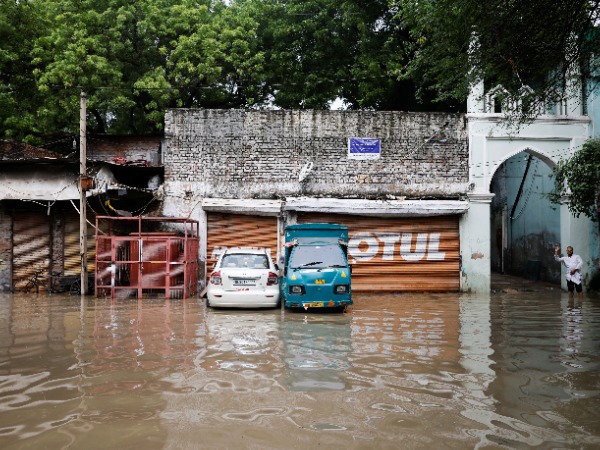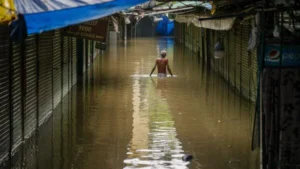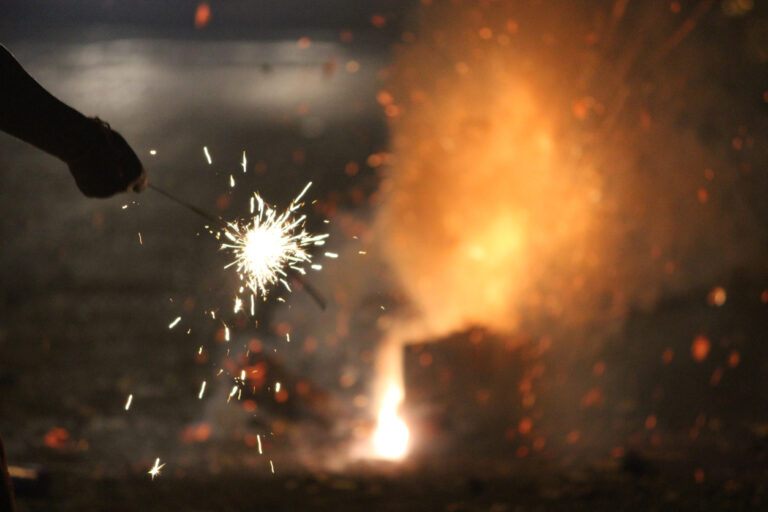
The Yamuna River surged past the danger mark and forced thousands of Delhi residents to leave their homes. By Friday morning, the river stood at 207.31 meters, one of its highest levels in six decades, before receding slightly in the evening.
Despite a reduction in water released from the Hathnikund Barrage upstream, the river continued to flow well above safe limits. Consequently, authorities evacuated families from low-lying areas such as Majnu Ka Tila, Civil Lines, and Kashmere Gate, and shifted them into temporary relief camps.
Delhi Infrastructure Crumbles Under Pressure

As floodwaters spread across the city, Delhi’s already strained infrastructure began to falter. Roads developed potholes, cracks, and craters, especially near key flyovers like NH-44 and Savitri Bridge. Moreover, the closure of the Old Yamuna Bridge brought traffic to a standstill and disrupted train services.
In addition, power outages left entire neighborhoods in darkness, with submerged transformers in Civil Lines cutting electricity for several days. These disruptions not only slowed relief operations but also deepened public frustration.
Relief Efforts Intensify Amid Hardship
Meanwhile, the Delhi government stepped up relief measures. Officials delivered food, clean water, and medical support to displaced families while also ensuring fodder for animals. At the same time, engineers reinforced embankments and cleared drainage systems to prevent further damage.
Yet, many residents struggled with hunger, illness, and loss of livelihood. Families who lost shops, tea stalls, and livestock voiced concern about rebuilding their lives once the waters recede. Even as relief camps provided shelter, overcrowding and poor sanitation highlighted the urgent need for long-term solutions.
Flood Preparedness
Looking ahead, experts emphasize the need for stronger flood-prevention strategies in the capital. Urban planners argue that desilting the Yamuna, strengthening embankments, and upgrading stormwater systems can reduce future risks. Additionally, climate scientists warn that extreme rainfall events may become more frequent, making preparedness critical.
As Delhi begins recovery, the debate now shifts from emergency response to building resilience against the next inevitable flood.
For more updates, stay connected with The World Times.



